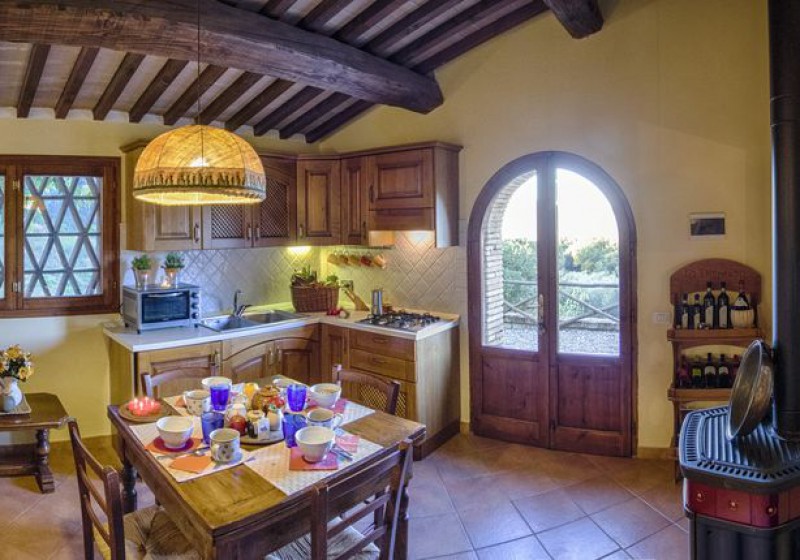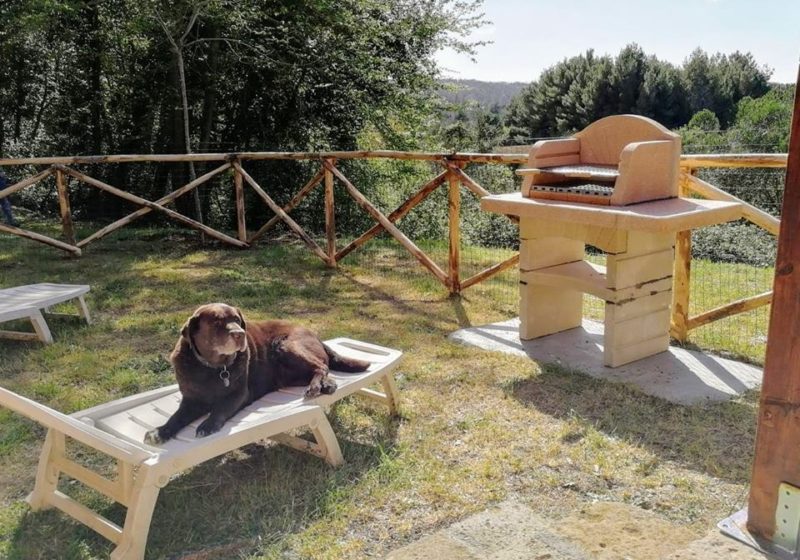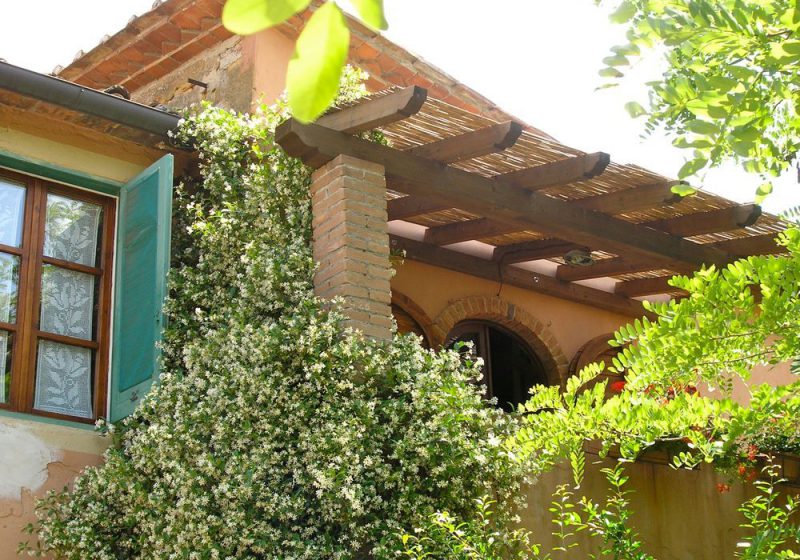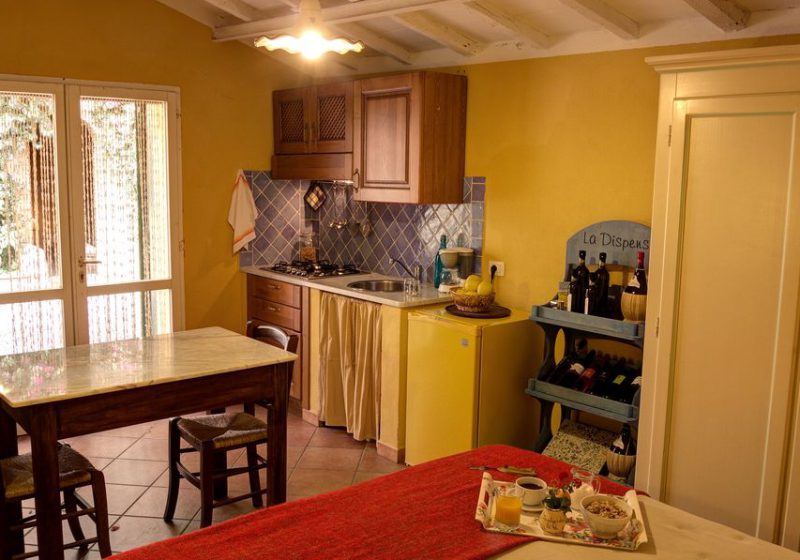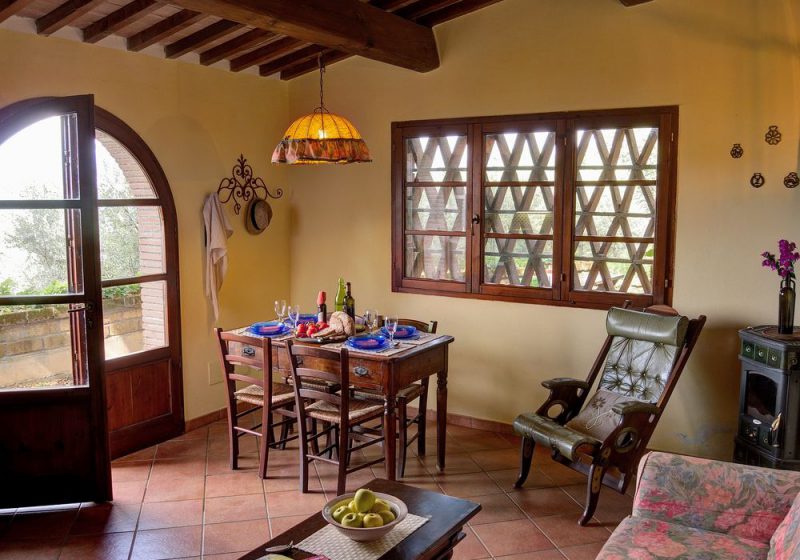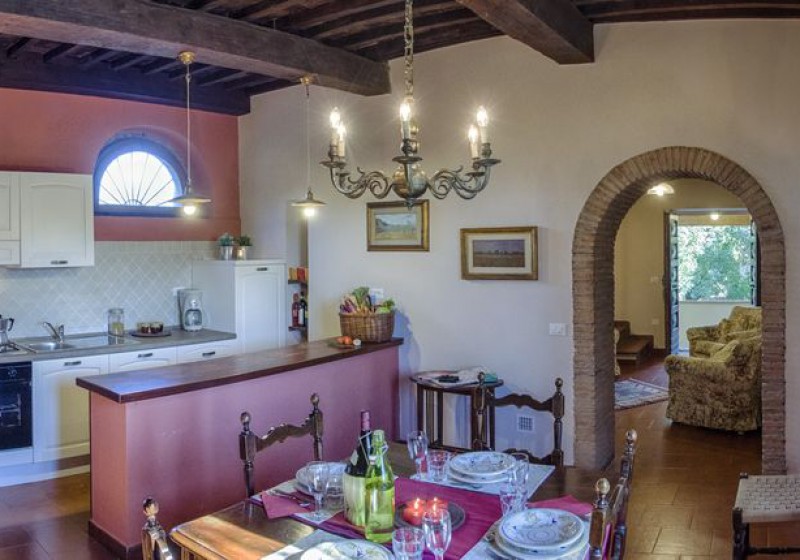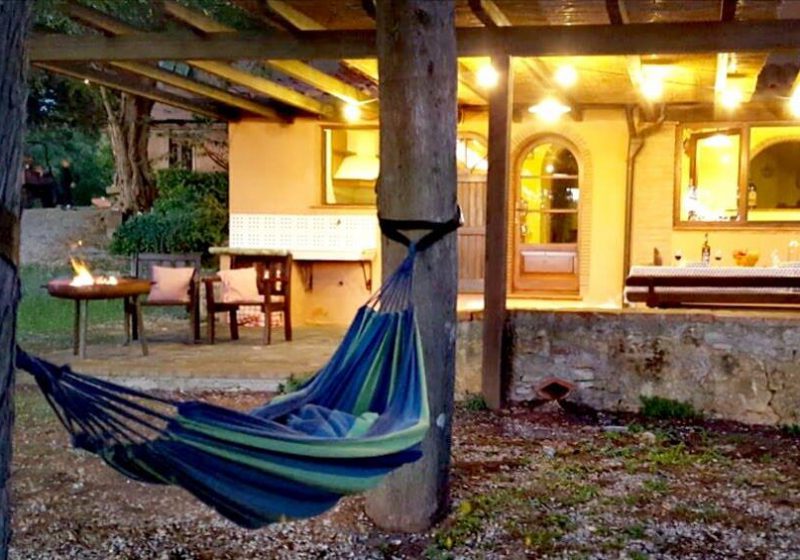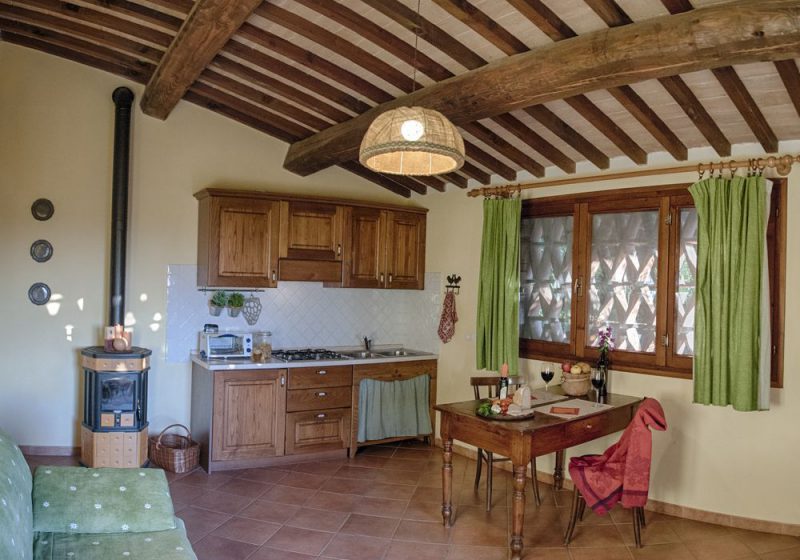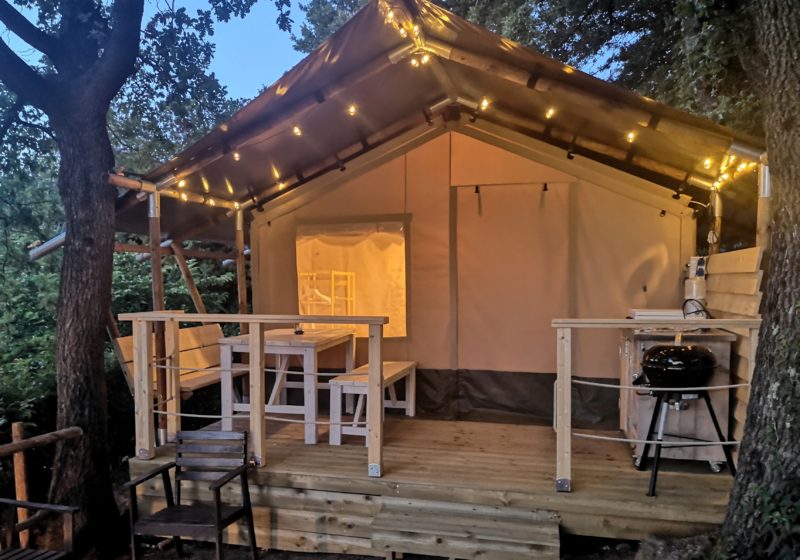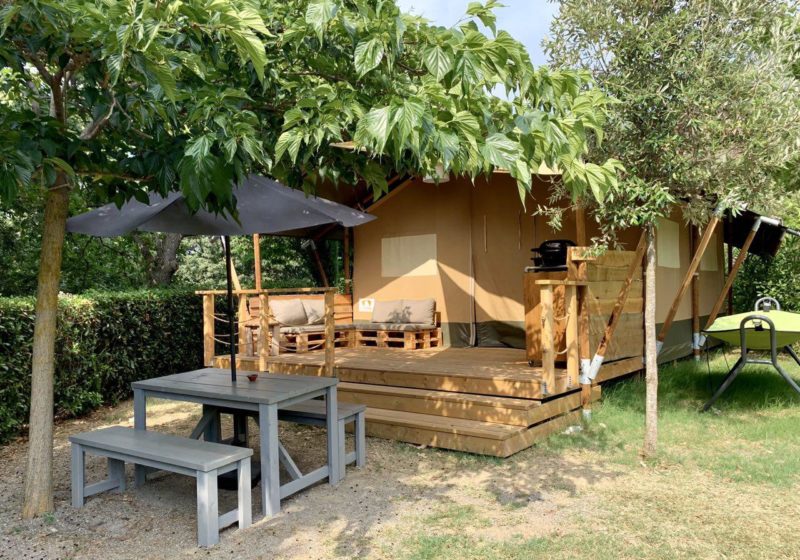Macchia della Magona Park
La Macchia della Magona a stretch of Mediterranean scrubland behind Bibbona.
It is made up of beautiful woods that extend over 1635 hectares, classified as a biotope by the National Research Council, consisting of the typical Mediterranean scrub, fragrant flowers and numerous fungi of different species.
The forest complex was widely exploited in the grand-ducal era to supply firewood to the Reale Magona di Cecina, for iron smelting.
The woods of the Magona are dominated by holm oak woods, often accompanied by other tree species, and the high Mediterranean scrub; they are inhabited by a rich fauna, and along them you can see some of the many animals that live in it like roe deer, fallow deer, squirrels, foxes and various migratory birds.
It houses within it a Biogenetic Nature Reserve, consisting of an experimental arboretum of typical Mediterranean plants belonging to the State Property, among which pines, cypresses and cedars prevail.
Within the Macchia there are 16 different itineraries, which can be traveled either on foot, on horseback or by mountain bike, consisting of both paths and forest trails, well indicated by the signs from beginning to end, and clearly identifiable on the Macchia map of the Magona (at the Tourist Office).
The paths, completed in the fresh green, are full of sights of considerable interest, where the view extends to the coast; you can also meet many charcoal pans that were used in the past, as the Macchia was an important reserve of wood for La Magona di Cecina, from which it took its name.
Inside the Macchia are also visible the remains of the Tower of Mirandola, which according to the ancient legend was inhabited by the knight Agilulfo, kidnapper of the daughter of the lord of Bibbona.
During the summer, guided tours of the Macchia della Magona are organized by the Municipality of Bibbona either on foot or by bicycle.
On the whole there is a widespread network of naturalistic itineraries, walkable, on horseback and with mountain-bike, among which there is a botanical path for the blind, also usable by people with mobility difficulties and a shooting path with the arc.

